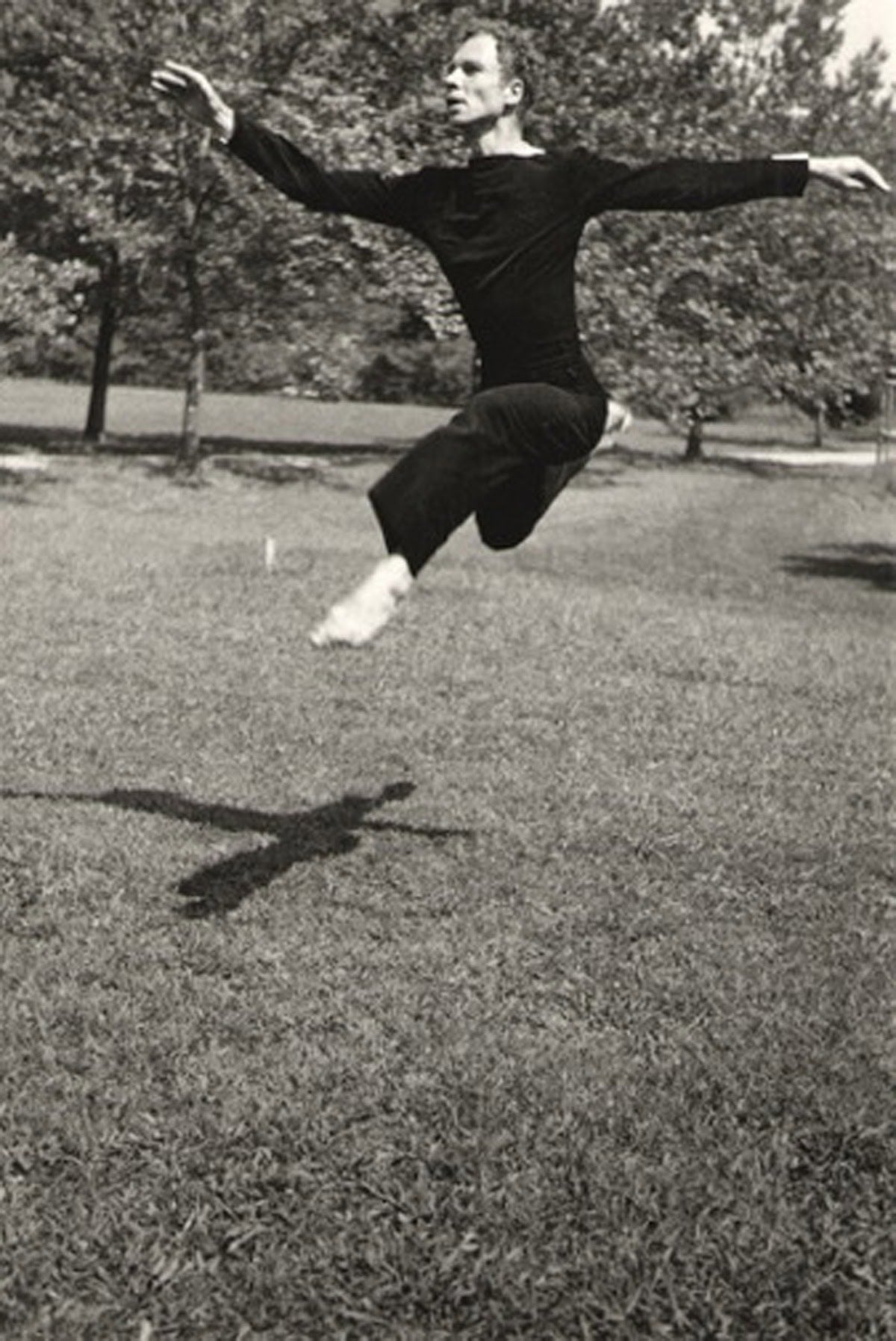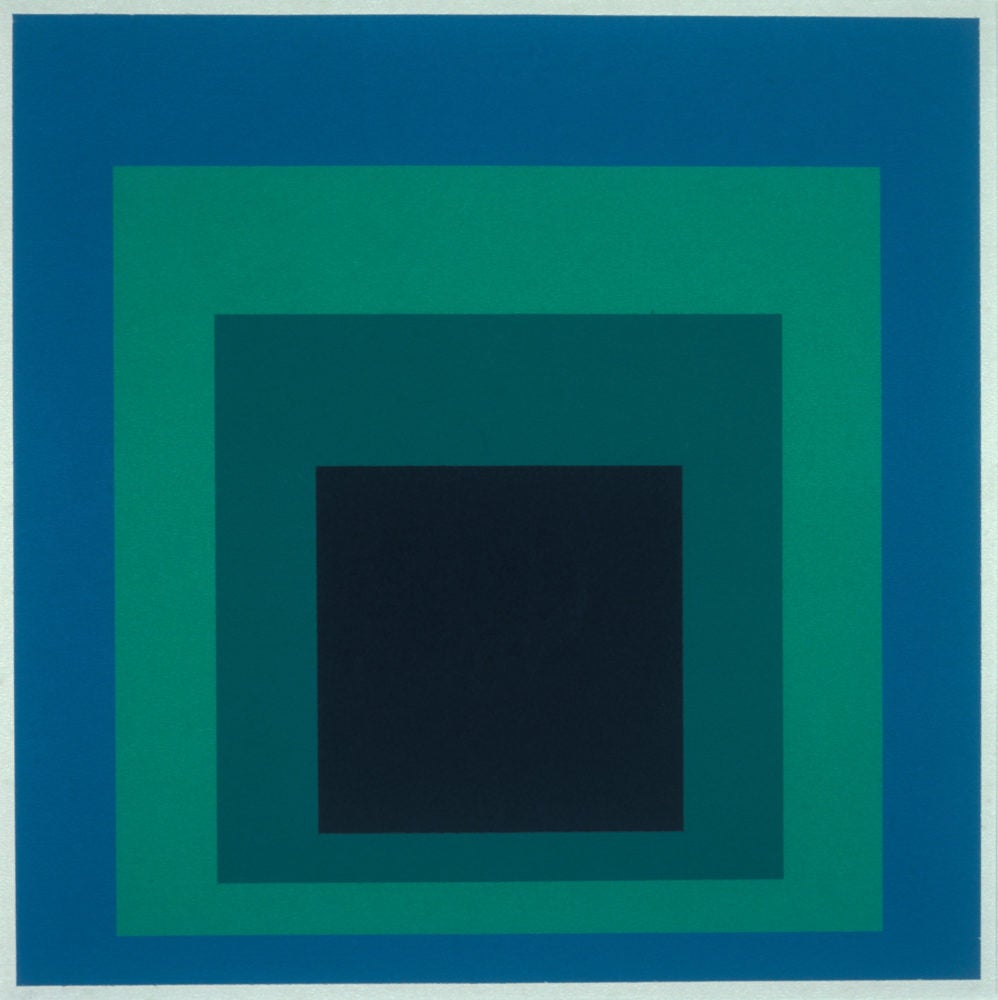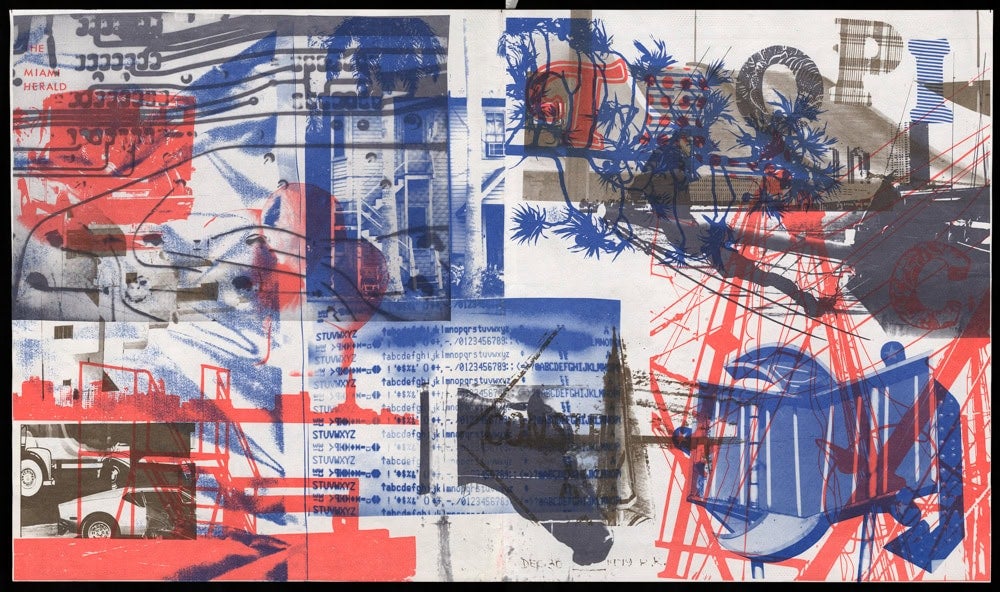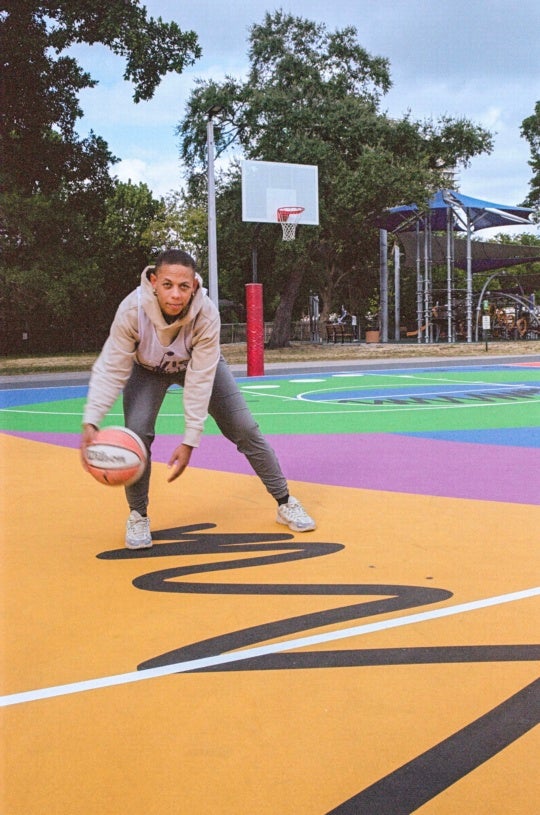
The 20th century was the age of the specialist: Henry Ford pioneered the division of labor, and fields across the sciences to the arts subdivided into increasingly limited industries. But the new century is much different from the last: old hierarchies are toppling, the line between art and craft is being erased, and technology is decentralizing political, social and economic power. By 2050 it may become more difficult to discern the differences between art, design, architecture and craft-making.
This movement towards transdisciplinary integration looks a lot like the collaborative, genre-jumping, improvisational forms of production that defined the mid 20th century’s Black Mountain College in North Carolina. The school’s multidisciplinary approach has been the subject of renewed interest, most recently seen in the 2016 traveling survey “Look Before You Leap: Black Mountain College 1933-1957” organized by the UCLA Hammer Museum, and the launch the same year of the School of the Alternative, a summer program located on the original Black Mountain campus.

A new exhibition “Looking Back (Looking Forward): The Black Mountain Experience,” on view at Vanderbilt University’s Fine Arts Gallery in Nashville through March 2, retraces the radical educational experiment that brought European Modernism to the American South, creating a vision of tomorrow that we’re still catching up with today.
The exhibition opens with Josef Albers’s DR-b, an abstract geometric screen print featuring concentric rectangles of blue, green, gray and black. Albers was both a student and a teacher at the legendary Weimar Bauhaus, where he met his wife Anni (though Anni is inexplicably excluded from the exhibition). But when the school was closed by the Nazis, one of modernism’s most influential educators relocated to North Carolina, where he became the head of Black Mountain College and lead its painting program from 1933 to 1949. DR-b is part of a series called “Homage to the Square,” which was produced alongside a groundbreaking class on color that Albers developed at Black Mountain.
Albers’s tenure at Black Mountain began just one year after Hans Hoffman began teaching at the Art Students League of New York. Championing abstract painting and artists such as Jackson Pollock, Hoffman and his students became emblematic of modernism’s American immigration.At the same time, Albers brought the more irreverent, holistic, and utopian philosophies of the Bauhaus to North Carolina.

This exhibition is primarily an archival exercise that sometimes resembles a solo exhibition by Black Mountain photographer Hazel Larsen Archer, who was a student as well as the school’s first full-time teacher of photography in 1949. Her images of Buckminster Fuller, John Cage and Merce Cunningham are the spine of the display at Vanderbilt. One of the teachers associated with Black Mountain’s high-water period, Archer taught students such as Robert Rauschenberg, who carried the college’s interdisciplinary, materially inclusive approach to a global audience.
Rauschenberg’s offset lithograph Cover for the Magazine of the Miami Herald is one of the later works included in “Looking Back (Looking Forward).” Leo Rosenblatt, the art director for the Herald’s Sunday magazine, created a printmaking process called Stat Art using light-sensitive newspaper printing plates, large sheets of commercial copy film, and mixed-media drawings to make large runs of lithograph art prints on commercial newspaper presses with no deterioration of the original image. On December 30, 1979, the Miami Herald printed 650,00 original Rauschenberg prints as the cover for its Sunday magazine – the artist even signed 150 copies for the lucky readers who realized what had landed on their doorsteps. A visual cacophony of overlapping images and text related to South Florida, the print’s irreverent multimedia sensibility can be traced back to Black Mountain.

But the North Carolina institution was not exclusively an art school. Black Mountain provided a wide-ranging educational curriculum that put art at the center of its John Dewey-inspired “learning by doing” ethos. Albers ultimately came to view Black Mountain College as an institution where independent thinking and imagination were the best strategies for approaching complex problems. Despite all the bulls on Wall Street and gurus in Silicon Valley, the human solutions we’ll need to face America’s increasingly uncertain future may have already taken root on a mist-covered mountaintop in the American South.
“Looking Back (Looking Forward): The Black Mountain Experience” is on view at Vanderbilt University’s Fine Arts Gallery through March 2.




